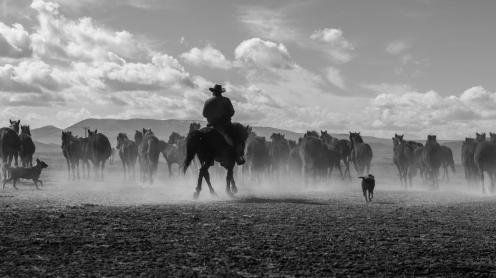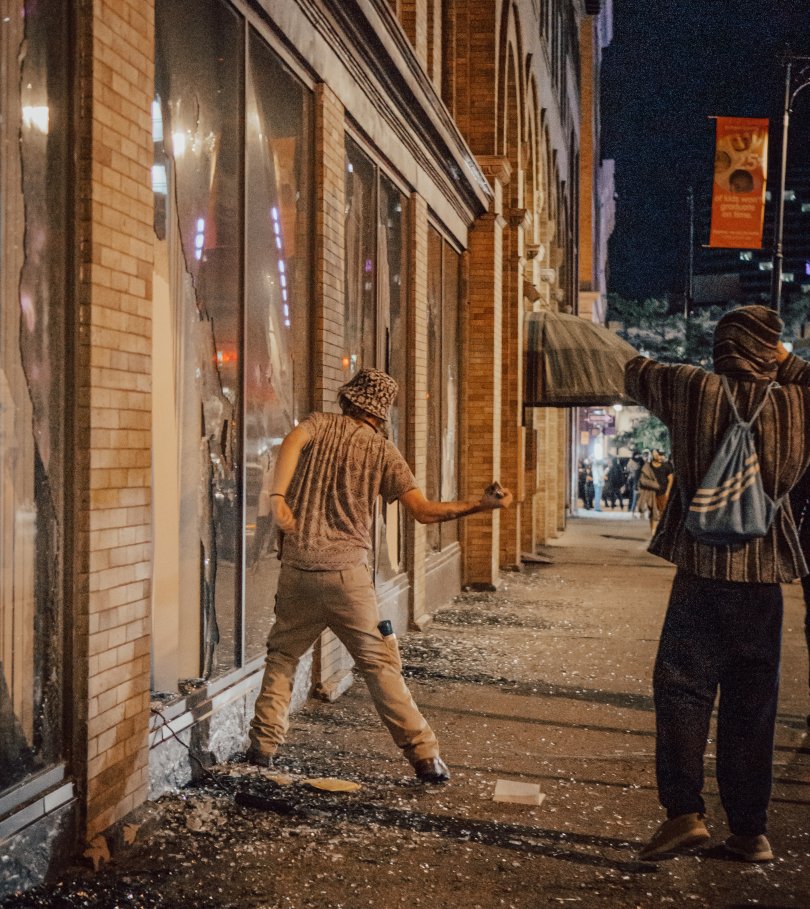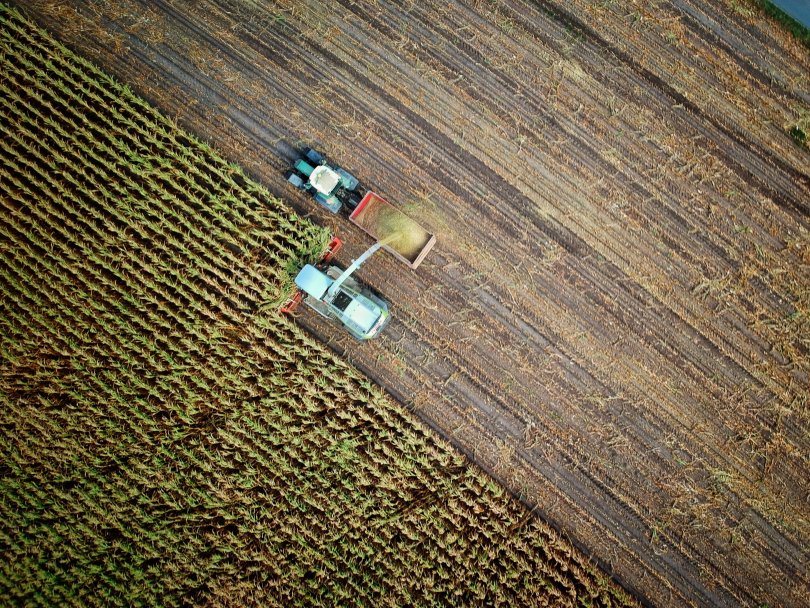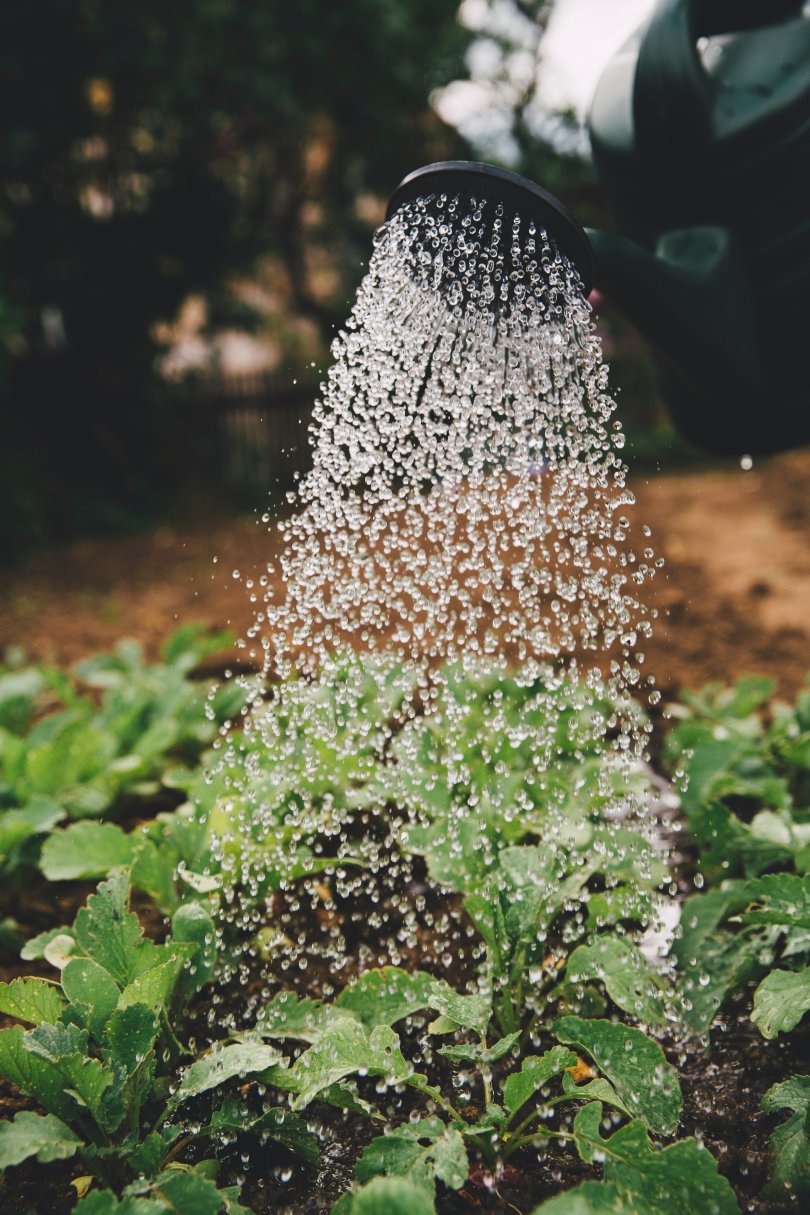
World
Are we going to end up killing each other in the face of high temperatures? Without going that far, climate change is already having a serious impact on insecurity. Brazil, infamous for its crime rate, is on the front line of environmental disasters. According to economist Phoebe W. Ishak, between 1991 and 2015, Brazil's severe droughts not only affected farmers' incomes, but also increased the homicide rate.
Droughts, floods, and lack of resources are all threats we will have to face. The political climate is becoming more heated and social conflicts are increasing due to the impact of climate change. However, the consequences of global warming go far beyond that. In some countries, even crime is on the rise. What are the causes at play?
This is an issue that needs to be addressed urgently, given that climate change is set to increase in the coming years. Developing countries will be the first to be affected because of their geographical conditions. More than half of their population depends on agriculture for their livelihood and will therefore be hard hit by crop failures due to global warming. Added to this is the climate of insecurity that prevails in many of these countries. In Brazil, for example, 30 out of every 100,000 people are murdered every year, five times the world average. The country ranks eighth on the list of countries with the highest homicide rate and first in the number of murders, with a total of 64,000 deaths in 2017, according to the United Nations Office on Drugs and Crime. Could this situation worsen with global warming?

Picture by Amber Kipp on Unplash
To answer this question, economist Phoebe W. Ishak analysed the impact of drought on the increase in the homicide rate by studying more than 3,800 municipalities in rural areas1 over a period from 1991 to 2015. To analyse climate change, she uses a standardised index of weather conditions that jointly controls for the effects of rainfall, temperature, wind speed and sunshine at the municipality level. As for violence, the best indicator is the homicide rate since other crimes are under-reported and data is often incomplete. The increase in homicides is seen as a consequence of an increase in crime in general due to insecurity. As criminal activity increases, so too does the likelihood that the murder rate will increase. So what is the relationship between global warming and homicide?
In Brazil, the climatic threat is considerable, as the country is home to one of the world's largest “lungs”, with the Amazonian forest. It is also the world leader in agriculture. 19% of its total exports are devoted to agricultural commodities, led by soybeans, which account for 30% of world production. However, Brazil has only 1.6% of its land irrigated, compared to 10.5% in China and 5.5% in the US, which both have irrigation systems. Its crops are therefore at the mercy of climatic conditions. This is evidenced by the severe droughts that have recurrently affected the country since the mid-1990s.
Between 2014 and 2017, the country experienced its worst drought in 100 years. A large part of the coffee, bean and sugar crops did not survive the lack of water and the high temperatures. And unfortunately, these episodes are likely to become more severe in the coming years. According to projections by the United States Agency for International Development (USAID), by 2085 the country will experience severe droughts coupled with rising temperatures throughout the Amazon region.
While aridity makes land unfit for production, it also makes the ground fertile for violence. Estimates show that a one-standard deviation worsen in weather conditions (e.g decline in annual rainfall and/or increase in temperature compared to their normal average) translates into an increase in crime rates by 34% in the same year, and by as much as 70% over the following three years. But how do these affect the climate of violence?
To explain this surprising relationship, economists oscillate between economic and psychological factors. Some speculate that hot weather can increase stress or anxiety and lead to aggressive behaviour or social conflict. For example, a 20182 study found that increased homicide and suicide rates in Mexico are linked to high temperatures. However, these analyses focus on a short time period, taking into account daily or monthly data, which prevents the impact of economic factors from being observed. Indeed, income decreases take time to manifest themselves on the climate of insecurity, while psychosocial factors are visible in the short term.
For these reasons, economist Phoebe W. Ishak analyses the long-term consequences of the drought. The main reason for the increase in violence, she says, is the reduction in farm income due to crop failure. When weather conditions deviates from its favourable average level by one standard deviation farmers' profits fall by 29% and their income by 8%.

Picture by No One Cares on Unplash
They may then be tempted to compensate for their losses in an illegal way. This is what economists call the "opportunity cost" of engaging in illegal activities. This can lead them to use violence, which explains the increase in the homicide rate. This is especially true since precariousness is strongly linked to criminal activities. Farmers and under-educated workers are therefore the most likely to join criminal networks. Ninety-two percent of farmers are unskilled workers.
However, climate disruption affects the economy as a whole. Although farmers are the first to be affected by climate disruption, they represent a considerable proportion of the population. In Brazil, 35% of workers are employed in agriculture. The agricultural sector is more dependent on its workforce than on technology or machinery. The decline in income leads to a reduction in local consumption and an increase in inequality and poverty, further amplifying the climate of social tension.
More security measures are not enough to tackle crime. The results suggest that increasing police forces cannot solve the underlying causes of insecurity. By exploring the origins of violence, the author offers suggestions for dealing with it.
Governments are urged to consider the consequences of global warming and to take policy measures to limit its effects. This can be done through climate shock insurance programmes to cover agricultural losses. In Brazil, such schemes exist, but are not yet widespread. In the entire sample studied, only 6% of farms received insurance payouts over the entire period. However, the rural areas that did receive them have a lower crime rate (than average). Insurance could therefore offset the negative effects of global warming on violence.

Picture by Markus Spiske on Unplash
It is also possible to improve irrigation systems to reduce dependence on weather conditions. Results have shown that crops that benefit from these systems suffer less from the effects of drought. Finally, as a counterpoint to monocultures, agricultural diversification could also limit the risk of crop failure.
The effect of climate change on crime rates differs across the world. It is likely to be more pronounced in countries where crime rates are already high and agriculture is a major part of the economy. But it also depends on the measures taken by governments and the agricultural infrastructure. If irrigation systems cover a good part of the production or if there are insurance policies to prevent shocks, the impact of global warming on the rate of violence will be greatly reduced. At a time when the social climate is becoming ever more heated and police measures are only fueling violence, it is becoming urgent to respond fairly to the social and economic consequences of global warming.